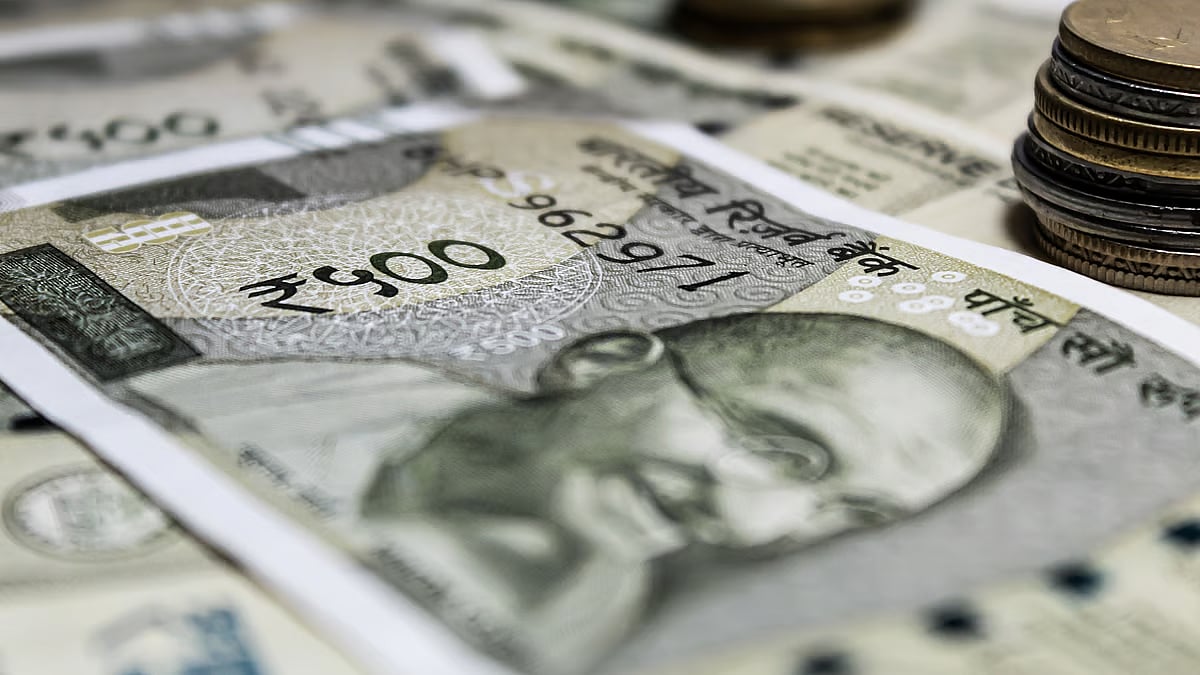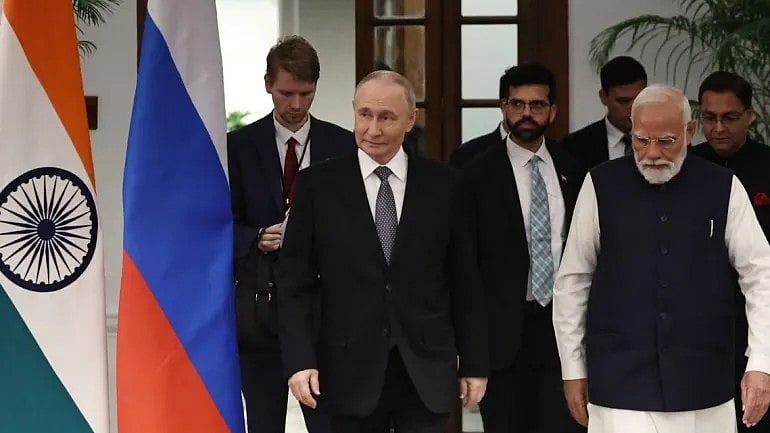Mumbai had at least one plus point over Delhi. That is, it did not have air pollution. Now, the corporate capital of India has begun to play catch-up with the political and administrative capital as well. Being a coastal city Mumbai had a major advantage. Yet, it suffers due to essentially man-made factors, not unlike Delhi. Pollution being a great leveller, everyone — rich or poor, high or low — suffers from breathing bad air. The metropolis has not had a single good air day in the current month. The quality of air in October thus far has been either poor or moderate. In the first few days of this month due to pollution visibility was particularly poor as a layer of haze hung over the atmosphere.
Experts argue that climate change too plays a part in creating pollution. For example, an unusual drop in surface temperature in the Pacific Ocean affected the wind movements in Mumbai and nearby areas. Sea winds help disperse pollution but it was not so on some days due to La Nina conditions. But there is no La Nina this year. Mumbai did not have to suffer this kind of pollution — but thanks to the neglect by successive governments, and the failure to enforce stricter controls on the construction industry and other main polluting agents, the condition has worsened, especially in the post-monsoon period.

Doubtless, the construction industry is the biggest polluter, though road transport too contributes a good measure of pollution. Measures such as covering construction sites with a green cloth, and sprinkling water on sand and other polluting materials, exist only on paper since builders invariably take short-cuts and know how to keep the authorities on their side. There are few ready-to-use remedies for dealing with pollution in Mumbai. Building construction activity cannot be halted. Nor can there be any clamps on vehicular movement. However, in both cases strict emission controls can be enforced and violators penalised. A faster switch to electric cars and buses too could help minimise emissions. Small towns and villages around Mumbai too need to be watched for curbing pollution. India’s small towns and villages are as badly polluted as are its big cities, since there is little awareness of environmental concerns.
Meanwhile, Delhi like every year is in the grip of high pollution. Air filters are selling hot cakes when air quality index earlier in the week crossed 400. A blanket of haze hangs in the atmosphere, especially in the evenings. At the weekend the index had dropped to 300 but this was still bad air day. In the coming days as winter approaches the air quality is certain to get worse. Aside from transport and construction industry around, this time farm fires contribute a lot to foul the Delhi air. Farmers in Haryana, Punjab and nearby areas in UP are used to burning the stubble from the kharif crops as they ready the fields for the rabi sowing. Despite successive governments promising to offer incentives to farmers to prevent farm waste burning, little progress seems to have been made in this regard. Till the Congress was in power in Punjab, Delhi Chief Minister Arvind Kejriwal used to blame the Punjab farmers for polluting the Delhi air. Now that the AAP is in power in Punjab, not much has been heard about the Punjab farmers adding to the woes of the Delhiites on the pollution front. Once the farm fires are out winter becomes severe, trapping pollutants in the air, which results in haze and smog in the atmosphere.
Besides, Delhi still has a lot of polluting industries in non-conforming areas. Despite the improvement in the quality of roads in and around Delhi the sheer volume of traffic adds to pollution. Quick fix solutions like closing schools for a week or so and an odd-even scheme for vehicular movement are not the answer to the Delhi pollution problem. A holistic approach is needed, involving governments of neighbouring states and stakeholders such as transport sector leaders, construction and agriculture industries peoples’ representatives. Spreading awareness about pollution and strict enforcement of restrictions on polluting activities is the minimum that authorities can undertake on a war footing. Fighting pollution should not be a partisan matter.










